Software-Defined Networking
Introduction
Software-Defined Networking (SDN) is an innovative approach to network architecture that allows network administrators to manage network services through abstraction of lower-level functionality. This is achieved by decoupling the system that makes decisions about where traffic is sent (the control plane) from the underlying systems that forward traffic to the selected destination (the data plane). This concept originated from the work done at the Stanford University's Clean Slate project.
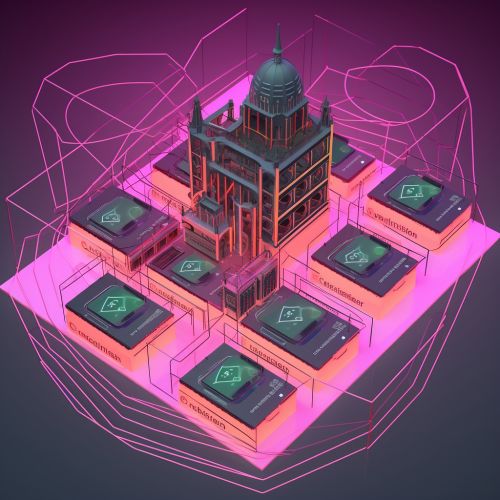
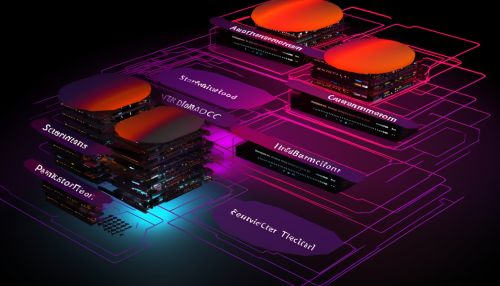
History and Development
The concept of SDN emerged from the need for a more flexible and efficient network architecture. Traditional networking architectures were rigid and complex, making it difficult to adapt to the rapidly changing business requirements. The idea of separating the control and data planes was first proposed in the early 2000s by researchers at Stanford University and the University of California, Berkeley. The term "Software-Defined Networking" was coined around 2009.
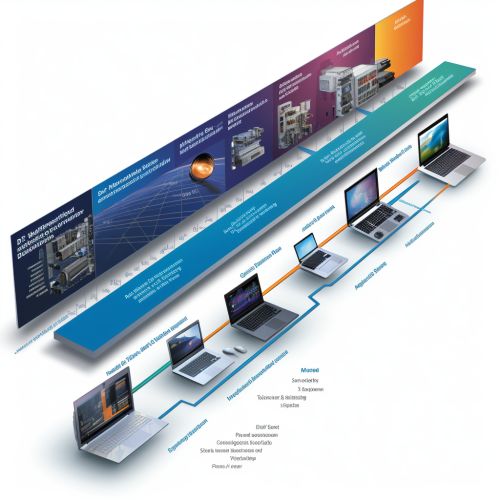
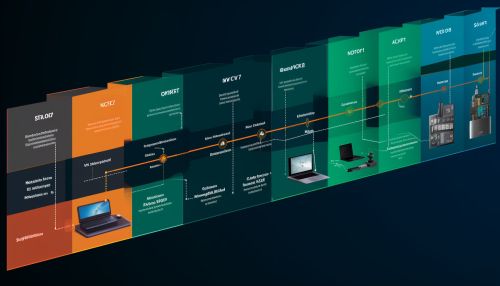
Architecture
The architecture of SDN is characterized by three layers: the application layer, the control layer, and the infrastructure layer.
Application Layer
The application layer consists of the end-user applications that utilize the network. These applications communicate their requirements and conditions to the control layer.
Control Layer
The control layer, also known as the SDN Controller, is the core of an SDN network. It serves as the intermediary between the application layer and the infrastructure layer. The SDN Controller provides an abstracted view of the network to the applications and implements the decisions made by the applications on the network devices.
Infrastructure Layer
The infrastructure layer consists of the network devices (routers, switches, etc.) that provide the data plane functionality. These devices forward the network traffic based on the decisions made by the control layer.
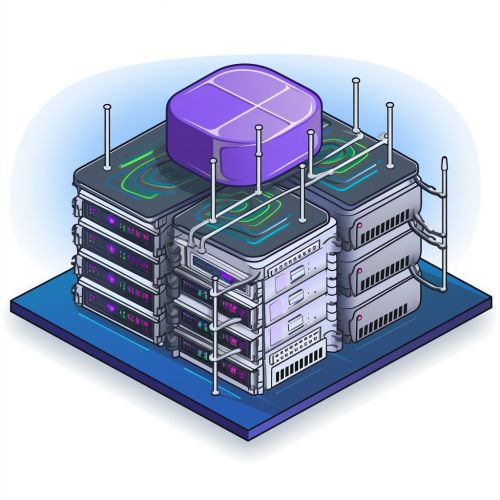

Key Concepts
Several key concepts underpin the functionality and benefits of SDN.
Network Virtualization
Network virtualization is a method to combine the available resources in a network by splitting up the available bandwidth into channels. Each channel can be independently assigned to a specific server or device in real time. Network virtualization is intended to improve productivity and efficiency by allowing administrators to centralize administrative tasks while improving scalability and overall hardware utilization.
Programmability
One of the key benefits of SDN is that it allows network behavior to be controlled by software that resides beyond the networking devices themselves. This programmability allows for automated network management, efficient orchestration and provisioning of network services, and the ability to scale and adapt the network to meet changing needs.
Centralized Management
SDN offers a centralized view of the network, which simplifies enterprise network management. By centralizing control in the SDN Controller, administrators can have a holistic view of the entire network, making it easier to identify and rectify problems.


Advantages and Disadvantages
Like any technology, SDN has its advantages and disadvantages.
Advantages
SDN offers several advantages over traditional networking technologies. These include:
1. Centralized network provisioning, which reduces the complexity of configuring and managing the network. 2. Improved network visibility and easier troubleshooting. 3. The ability to program the network and control traffic from a centralized console. 4. The ability to deliver services and applications at scale without manual configuration.
Disadvantages
Despite its advantages, SDN also has some disadvantages:
1. The need for a new network infrastructure to support SDN may require significant capital investment. 2. The centralized nature of SDN could potentially create a single point of failure. 3. SDN is still a relatively new technology and may not yet be fully mature.


Use Cases
SDN is being used in a variety of environments and for a variety of purposes. Some of the key use cases include:
1. Data Centers: SDN can be used to improve the performance and efficiency of data centers by providing a centralized, programmable network that can dynamically adjust to the changing needs of data center operations.
2. Service Providers: SDN allows service providers to offer new services to their customers, improve performance, reduce operational costs, and create new revenue opportunities.
3. Enterprises: For businesses, SDN can help to reduce capital expenses and operating costs, improve network performance and agility, and provide greater access control.


Future Trends
As SDN continues to evolve, several trends are emerging that will shape its future:
1. Increased adoption of SDN in the enterprise. 2. Greater integration with other networking technologies. 3. Continued development of SDN standards and practices. 4. Increased use of SDN in cloud computing and data center environments.


